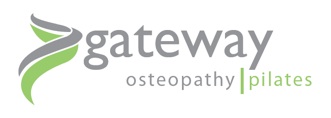Shockwave Therapy
Shockwave therapy is a non-invasive treatment that uses acoustic pressure waves to stimulate healing in musculoskeletal tissues. Originally developed for breaking down kidney stones, it has since evolved into an effective tool for treating chronic pain and soft tissue injuries.
At our clinic, our Osteopaths use radial shockwave therapy to help patients with conditions such as:
-
Plantar fasciitis and heel spurs
-
Achilles tendinopathy
-
Tennis and golfer’s elbow
-
Shoulder tendinopathy (including calcific)
-
Patellar tendinopathy (jumper’s knee)
-
Gluteal tendinopathy
-
Shin splints
-
Chronic trigger points
This treatment helps to stimulate blood flow, break down scar tissue, reduce inflammation, and promote regeneration of damaged tissues.
Frequently Asked Questions (FAQs)
1. What does shockwave therapy feel like?
You may feel a series of pulses on the skin and underlying tissue — described as a tapping or flicking sensation. Some discomfort can occur, especially if the area is already inflamed, but it’s generally well tolerated and only lasts a few minutes.
2. How many treatments will I need?
Typically, a course of 3 to 6 treatments spaced one week apart is recommended. However, this may vary depending on the condition and how your body responds.
3. Are there any side effects?
Mild side effects such as temporary redness, swelling, or soreness at the treatment site are common and usually subside within 24–48 hours.
4. Who is shockwave therapy suitable for?
Shockwave therapy is ideal for people with chronic musculoskeletal conditions who haven’t responded to other treatments like manual therapy, rest, or exercise. It’s not suitable for those with blood clotting disorders, local infections, or who are pregnant. (Information for Referring Practitioners)
5. Is there any downtime after treatment?
No significant downtime is needed. You may be advised to avoid high-impact activity for 24–48 hours after a session to let your body begin the healing response.
6. How effective is it?
Studies have shown success rates between 70–90% for chronic soft tissue conditions. It’s often most effective when combined with tailored rehabilitation exercises.

